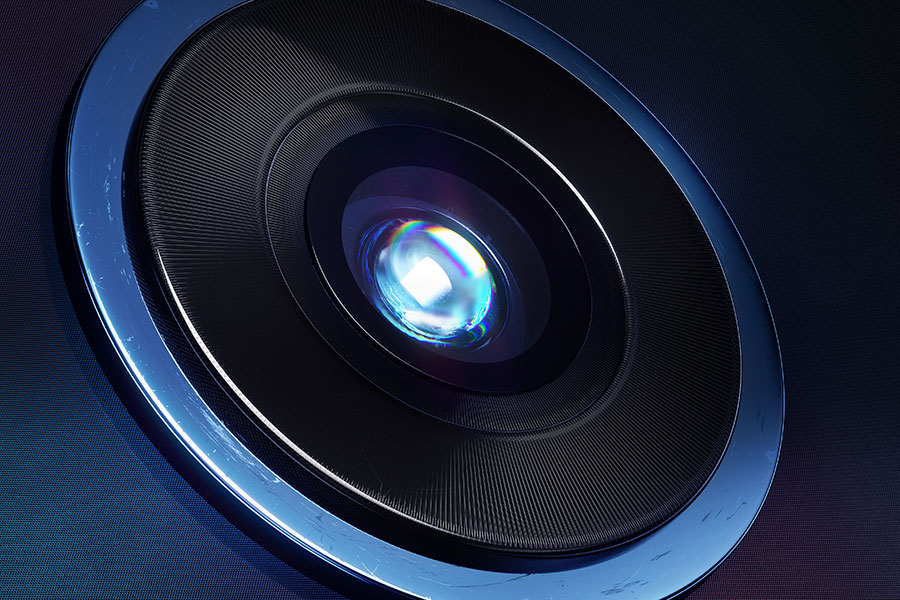
By Li Panpan
(JW Insights) Mar 30 -- Following the slowdowns in mobile phone market, Chinese lens suppliers have been expanding to the car camera market; Under the technical trend of automotive intelligence, there are growing demands for a variety of lends and other optical products in new vehicles, said a recent JW Insights report.

According to a report by ICV Tank, the average global vehicle will be equipped with 2.3 cameras in 2021, a significant increase from 2020. It is estimated that by 2026, the number will increase to 3.8 cameras per car.
In addition, blessed by more governmental policy support, the car camera market promises a larger scale market potential and rapid growth rates.
EV automotive players such as Nio, Xpeng, and Li Auto have purchased directly from automotive camera module suppliers instead of from the middlemen.
Car cameras tend to require higher product safety standards, costs, and more technical depth , more complex processes, and with relatively higher product-added value.
With the continuous development of automobile intelligence, consumers pay more attention to driving safety, resulting in more ADAS system applications and driving more demands for vehicle cameras, said the JW Insights report.
There is a list of Chinese suppliers to suuport this market: Sunny Optical (舜宇光学), OFILM (欧菲光), Q Technology(丘钛科技), AAC Technologies(大立光), Sunwin Group(三赢兴), and Lianchuang Electronics (联创电子). They go after new opportunies in such areas such as AIOT, VR/AR, and in-vehicle markets.
Sunny Optics and Lianchuang Electronics cover in-vehicle lenses and module products; Q Technology and Sunwin Group have layouts in the in-vehicle camera module market. OFILM’s products cover optical lenses, cameras, millimeter-wave radar, LIDAR, and head-up displays (HUD). They have obtained the supplier qualifications of more than 20 Chinese automakers.
OFILM entered the in-vehicle business through acquisitions in 2016 and 2018, becoming a Tier 1 supplier of Chinese automakers in vehicle lenses.
Cameras used in mobile phones and vehicles are different. In product performance, mobile phone cameras focus on bringing better user experience, while the car cameras emphasize high-quality and high-reliability guarantees, which needs long-term R&D investment and stably output, said an industry insider familiar with OFILM's automotive business said.
Generally the complete certification cycle of vehicle lenses, modules, and chips is quite long, taking about two to three years from lens suppliers and parts producers to deliver to car manufacturers. Once entering the supply chain of car brands, lens suppliers will have stable businesses,.
As of the first half of 2022, among the manufacturers that have expanded from the mobile phone camera market to the vehicle camera market, only a handful of manufacturers had vehicle business revenue exceeding RMB500 million ($72.71 million).
Huge R&D expenditures and long production cycles are the main characteristics of the automotive industry. Therefore, competition in the market is not only about strategic vision but also persistence. The early layout in the vehicle lens market of OFILM gives the company an advance in development.
RELATED
-
BYD plans to establish a sodium-ion battery plant in eastern China’s Xuzhou with an investment of RMB10 billion ($1.4 billion)
11-20 17:51 -
European Commission President von der Leyen will visit China in wake of the EU’s ongoing probe into China’s subsidies on EV industries
11-20 16:59 -
Chinese auto giant Changan Automobile plans to launch eight self-developed battery cells in the future
11-20 16:26
READ MOST

No Data Yet~







